 Estética
Estética Masculina
Barcelona
 Experiencia y Dedicación
Experiencia y Dedicación Profesional
 Calidad Y
Calidad YAtención
Inigualables
ESTÉTICA MASCULINA BARCELONA
Centro De Estética Masculina Barcelona
Experiencia
Nuestro centro con más de 15 años en el sector.
Profesionales
Profesionales en cubrir todos los cuidados del hombre.
Dedicación
Comprometidos en brindar un servicio único de belleza masculina.
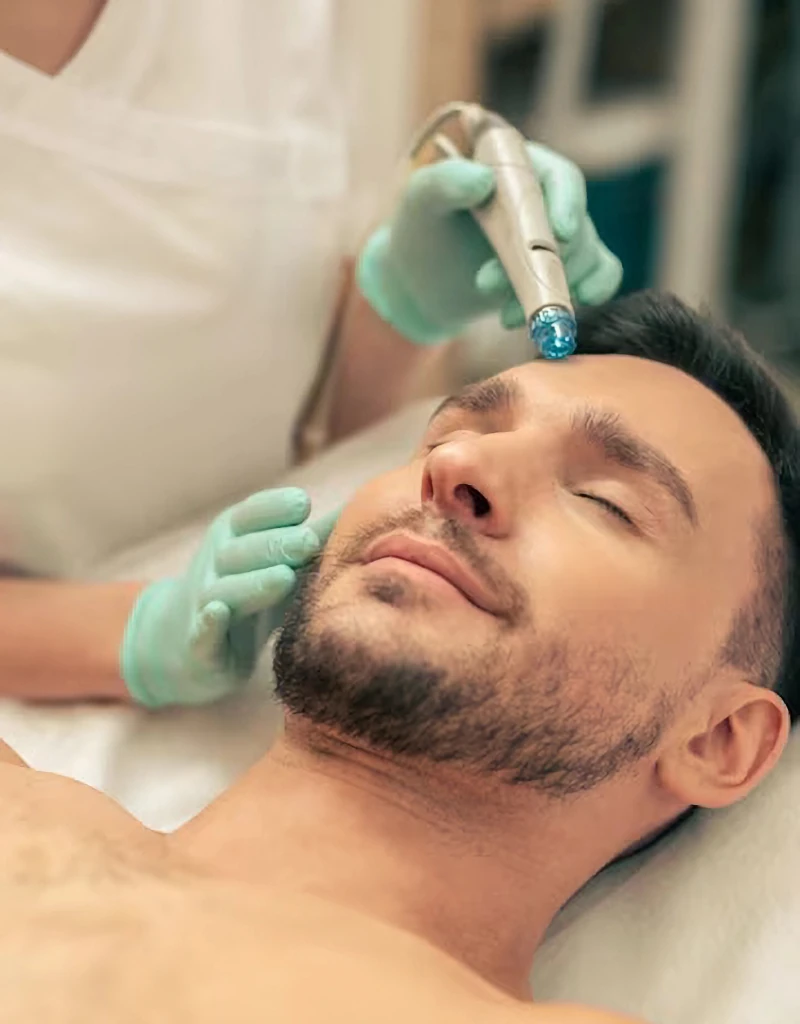
Estética para el Hombre
Nuestro Centro
Nuestro Centro de Estética para Hombres de Barcelona es un lugar para tu bienestar que nació en el 2015, fruto del sueño de brindar confort y armonía, a la altura de tus necesidades.
Nuestra misión
Como centro de estética masculina, nuestra misión es mimarte de los pies a la cabeza, siendo tu primera opción y para ello combinamos los tratamientos tradicionales de masaje y estética con los medios más vanguardistas.
Vanguardistas
Somos un centro que se ha adaptado a las nuevas exigencias y requerimientos masculinos en torno a sus estándares de belleza. Además, para ello aunamos sensibilidad en cada tratamiento de estética con experiencia.
¿Tienes alguna duda?
Si tienes alguna duda, visita la sección de preguntas frecuentes, como centro de estética para hombres te respondemos desde el profesionalismo. Invierte en ti, y además, siéntete saludable y positivo. Disfruta de unas horas de relajación en nuestro centro de estética para hombres, con tratamientos faciales y corporales orientados a la belleza masculina, depilación sin dolor empleando la última tecnología láser de diodo trionda. Además, existe un hábito de cuidados que no debes subestimar para experimentar el potencial de las mejores opciones estéticas, contactando con nuestros profesionales podrás salir de dudas.
¿Por qué elegirnos?
Experiencia
Atención
Compromiso
Calidad

Servicios De Estética
Experimenta nuestra línea exclusiva de productos corporales diseñados para el hombre moderno y sofisticado.

Corporales
Ofrecemos tratamientos corporales para mejorar la salud y la belleza de tu piel, como peeling corporal, drenaje linfático y más.
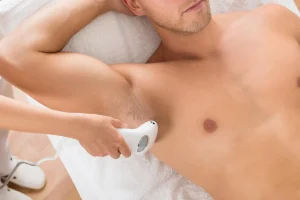
Depilación
Eliminamos el vello no deseado del cuerpo con cera, máquina o láser, respetando tu tipo de piel y evitando irritaciones.
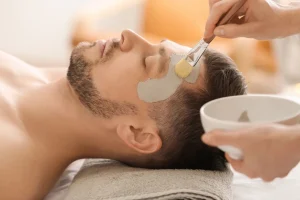
Faciales
Realizamos limpiezas profundas acelerando la renovación celular de forma controlada para rejuvenecer, hidratar y proteger tu piel.
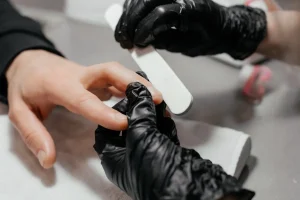
Mani & Pedi-Cure
Embellecemos tus manos y pies con nuestra manicura y pedicura profesional, cuidando tus uñas, cutículas y piel.

Masajes
Ofrecemos masajes relajantes, con piedras volcánicas y masajes terapéuticos para aliviar el estrés, el dolor y la tensión muscular.
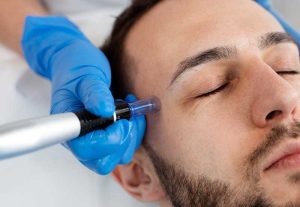
Derpamen
Te ofrecemos el servicio de dermapen en Barcelona, obtén una piel más limpia y saludable con este servicio.

Corporales
Ofrecemos tratamientos corporales para mejorar la salud y la belleza de tu piel, como peeling corporal, drenaje linfático y más.

Depilación
Eliminamos el vello no deseado del cuerpo con cera, máquina o láser, respetando tu tipo de piel y evitando irritaciones.

Faciales
Realizamos limpiezas profundas acelerando la renovación celular de forma controlada para rejuvenecer, hidratar y proteger tu piel.

Mani & Pedi-Cure
Embellecemos tus manos y pies con nuestra manicura y pedicura profesional, cuidando tus uñas, cutículas y piel.

Masajes
Ofrecemos masajes relajantes, con piedras volcánicas y masajes terapéuticos para aliviar el estrés, el dolor y la tensión muscular.

Derpamen
Te ofrecemos el servicio de dermapen en Barcelona, obtén una piel más limpia y saludable con este servicio
Contacto Directo
PIDE TU CITA AHORA
Promociones
Conoce nuestras últimas promociones para ti

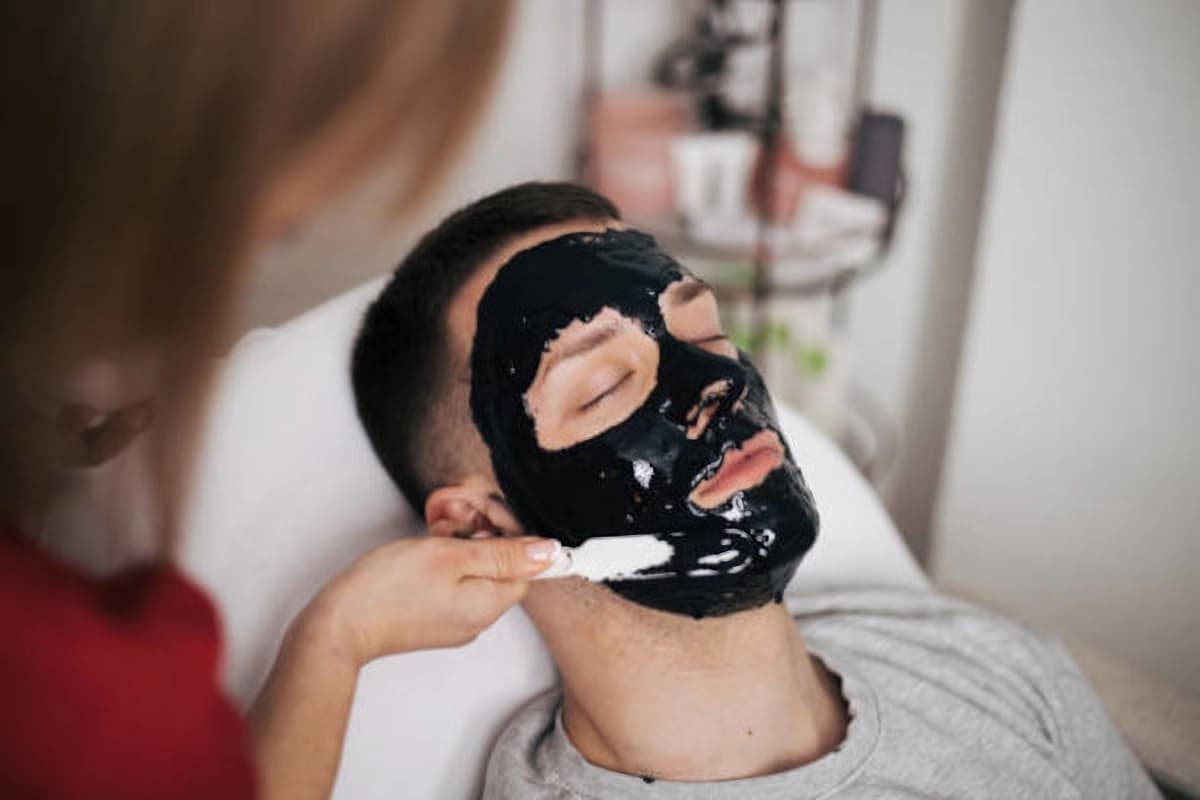

Testimonios
Opiniones de clientes
I've been going for waxing with Zeus for a year and I couldn't be happier! The treatment is very professional, customer-focused and personalized. The site is also very well equipped for all types of treatments. Highly recommended!
By Kuba /It has been incredible, I travel a lot and many times after a stressful day I look for a good massage and I can say that it has been one, if not the best, massage of my life, Adrián has incredible hands and is very attentive, I will return without a doubt.
By Joan Reus /Zeus assisted me on two occasions and it has been a very good experience. Close and friendly treatment, resolves all your doubts from the first moment. Recommended 100 x 100 for friends and acquaintances!! Zeus see you soon!! Thank you.
By Isaiteitor JS /Absolute kindness. Despite being ahead of schedule, they didn't make me wait and got to work. They were very careful, respectful and professional. Unique attention and availability. Totally recommended!
By Renan Avila /Mi primera vez aquí. Super profesionales, Zeus y Cristina, un encanto. Volveré seguro. Gracias por la faena bien hecha y el trato. Un placer!
By Francisco Martin /Esplendido trabajo, reservé sesión de depilación eléctrica con Jorge, excelente trato, muy profesional y eficiente, me encanta el resultado. Lo recomiendo 100 %. Muchas Gracias!
By Joselyn /Muy buena atención y profesionalidad… Lian, que fue quien me atendió fue muy simpática y tuvo un trato personal exquisito...
By José Manuel Acosta /Llevo un año yendo a la depilación de espalda con Zeus y no podría estar más contento! El trato es muy profesional, enfocado al cliente y personalizado para cada persona y sus necesidades. El sitio también está muy bien equipado para todo tipo de tratamientos. Muy recomendable!
By Kuba /Expertos En Belleza
Conoce a nuestro equipo especializado
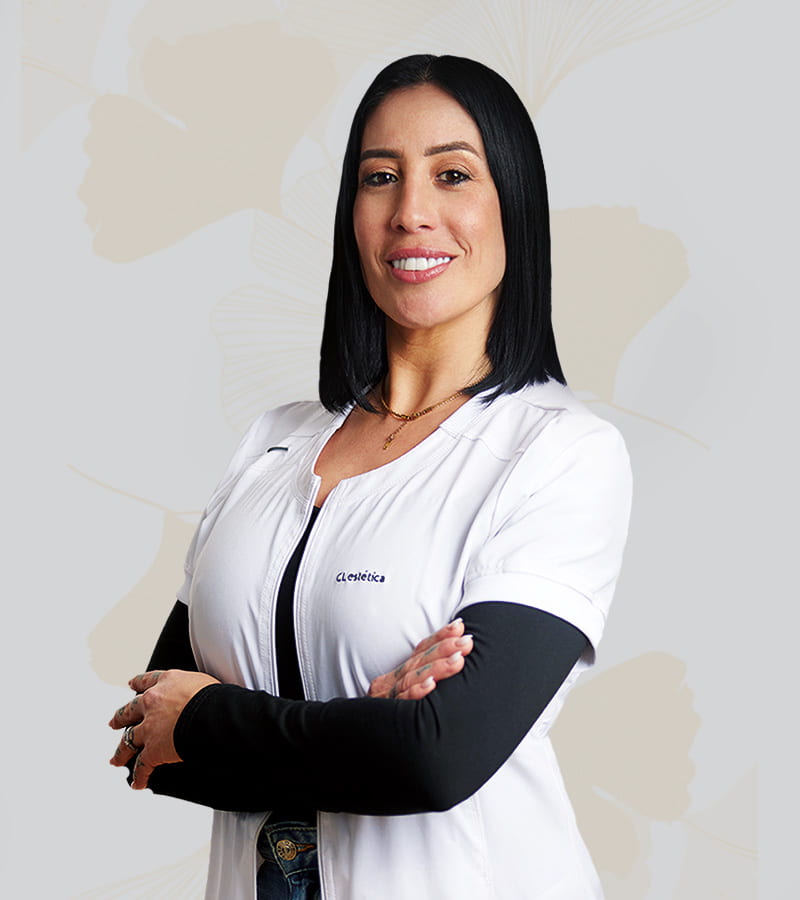
Láser Diodo
Esteticista
Depilación Eléctrica
Esteticista
Clínica de Belleza
Masajista
Estilista
Esteticista
Corporales
MasajistaPreguntas frecuentes
¿Antigüedad de nuestro Centro de estética masculina?
¿Quieres un tratamiento facial para hombre en Barcelona?
¿Qué métodos de depilación ofrecemos?
Dentro de nuestros servicios, destacamos por la depilación masculina, ya que lo consideramos nuestro tratamiento estrella. Además, somos unos de los pocos centros donde damos una normalidad a todo tipo de depilación para hombres, contamos con las mejores quiromasajistas tituladas por la universidad de la UCAM. Las paredes son reales, nada de cortinas, por lo tanto, tienes absoluta privacidad para priorizar tu belleza y estética masculina.




















